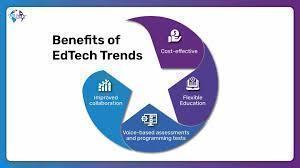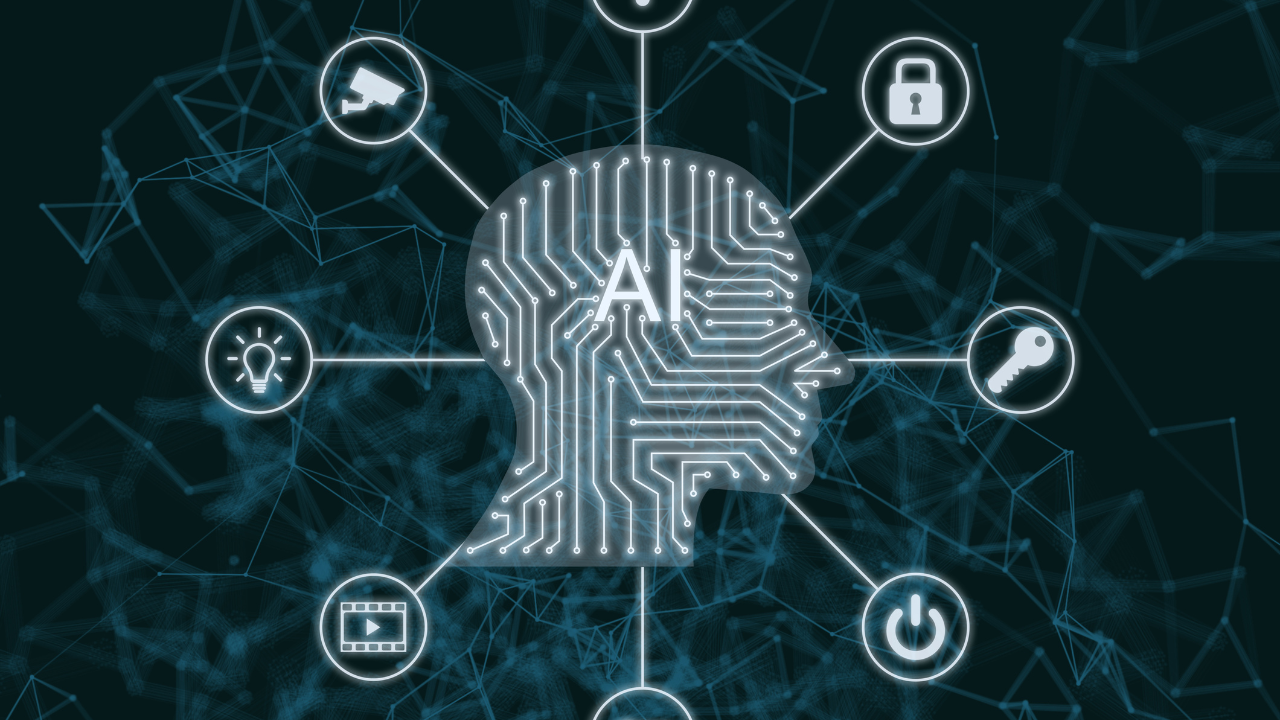



Technology has transformed nearly every aspect of our lives — and education is no exception. Educational Technology, or EdTech, is reshaping how teaching and learning happen in the classroom. From interactive whiteboards to AI-powered learning apps, EdTech offers new opportunities to engage students, support teachers, and improve outcomes. But it’s not without its challenges.
Let’s break down the benefits, challenges, and emerging trends of EdTech in today's classrooms.
EdTech platforms can adapt to each student’s learning pace, style, and level. Tools like adaptive learning apps or AI-driven tutoring systems help students learn at their own speed and focus on areas where they need improvement.
Gamified apps, virtual reality, and interactive content make lessons more exciting. When students are actively involved, they're more likely to stay motivated and retain information.
With digital tools, students and teachers can access an enormous range of resources — videos, simulations, quizzes, e-books, and more — often instantly and from anywhere.
EdTech encourages collaboration through shared documents, group projects, and real-time feedback. It also helps teachers communicate more effectively with students and parents via apps and platforms.
Many EdTech tools offer automated grading and instant feedback, which saves time and helps students quickly understand their mistakes and improve.
Not all students have equal access to devices or high-speed internet, especially in low-income or rural areas. This can create inequality in learning opportunities.
Introducing new tech into the classroom requires proper training. Without it, teachers may feel overwhelmed or unable to use tools effectively.
Too much screen time can affect student health, and tech can also be a source of distraction if not managed properly in the classroom.
Collecting and storing student data raises concerns about privacy and cybersecurity. Schools must ensure that data is protected and used ethically.
Implementing EdTech often requires investment in hardware, software, IT support, and ongoing maintenance — which may not be feasible for all schools.
AI is being used to personalize learning, identify struggling students, and provide intelligent tutoring systems.
Combining in-person teaching with online components (like flipped classrooms) allows for more flexibility and student-centered learning.
Learning platforms are using game elements like points, badges, and levels to boost motivation and participation.
These immersive technologies are making it possible to take virtual field trips, explore 3D models, and simulate real-world experiences.
Short, focused learning modules are becoming popular, especially in mobile learning environments, helping students learn in a more digestible way.
EdTech has incredible potential to transform education by making it more personalized, interactive, and accessible. But to unlock its full benefits, schools must address the challenges of equity, training, and infrastructure. The future of education is digital — but it should also be inclusive, ethical, and human-centered.
Disclaimer:
The information in this article is for general guidance. Myedugoal aims to provide accurate details, but we advise readers to verify with official sources as information may change over time. Myedugoal is not responsible for any discrepancies. Always do thorough research before making decisions.
#trending #latest

University Internships That Help You Get a Job After Graduation... Read More.

Is It Smarter to Start at a Community College... Read More.
 Fake posts hit Czech PM Fiala's X
Fake posts hit Czech PM Fiala's X
Fake posts disrupt Czech PM Fiala's X account security
 Switzerland Tightens Export Rules
Switzerland Tightens Export Rules
Switzerland expands export controls on dual-use goods
 Google unveils Ironwood AI chip
Google unveils Ironwood AI chip
Google introduces Ironwood chip to accelerate AI tasks & apps
 TSMC Q1 revenue up 42%
TSMC Q1 revenue up 42%
TSMC sees 42% revenue surge in Q1, surpassing forecasts
 Amazon CEO Outlines AI Vision
Amazon CEO Outlines AI Vision
Amazon CEO reveals AI investment plans in new letter
 Osaka Hosts World Expo 2025
Osaka Hosts World Expo 2025
Japan blends tech and culture at Osaka Expo 2025 launch
 A16z Plans Big Bet on AI Startup
A16z Plans Big Bet on AI Startup
A16z may lead huge round in ex-OpenAI CTO’s new AI firm.
© MyEduGoal. All Rights Reserved. Design by markaziasolutions.com